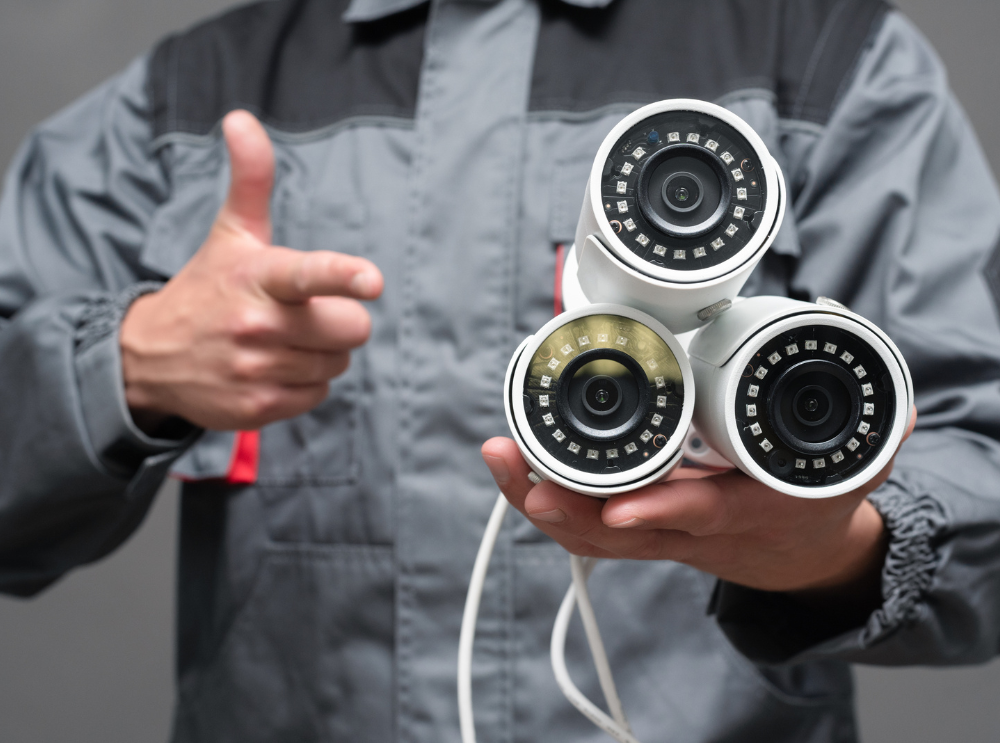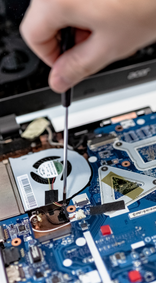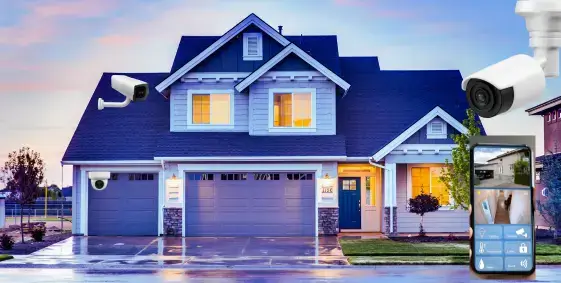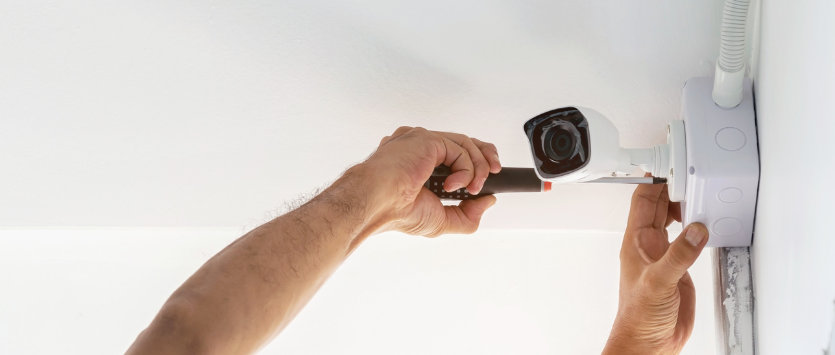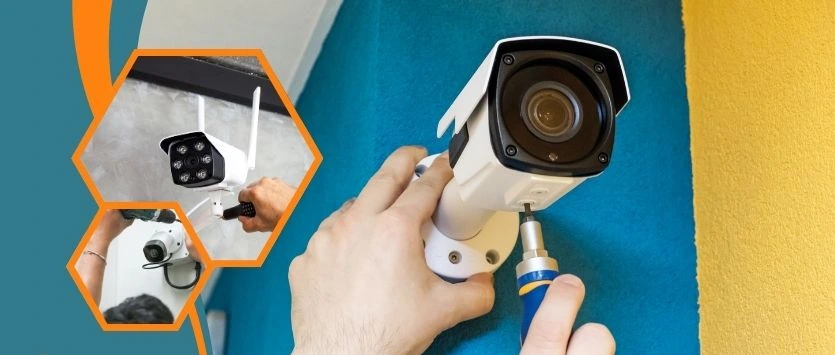Biometric security is no longer a luxury—it’s a necessity in today’s rapidly growing world. As security becomes a top priority for organizations and individuals alike, traditional systems are being replaced by advanced biometric technology.
Biometric systems offer a blend of convenience and security. Whether its fingerprint scanning, facial recognition or retina scanning. These system uses human traits to allow or deny access. In todays market there are many machines available, in this how do yu choose the right biometric system for your office?

Let’s break down the key factors to consider.s
- Understand Your Office Biometric System
Start by scrutinizing your organizations specific security needs. Decide weather you want to control entire office or specific parts of the office. How many employees will use the system daily? Will visitors also need access? Small business might only need basic fingerprint systems, while large enterprises might need biometrics with specific needs. So, understanding what you want is very important.
- Choose the Right Biometric Modality
Biometric systems come in various forms, including:
Fingerprint Scanners: Affordable and widely used, ideal for small to medium offices.
Facial Recognition: Touch-free and quick, great for hygiene-sensitive environments.
Iris or Retina Scanners: Extremely accurate, but more expensive.
Voice Recognition: Less common but useful in specific access scenarios.
Depending on your business and the sensitivity of areas you’re securing, the modality you choose will significantly impact performance and cost.
Scalability and Integration
As your business grows your security requirements will also grow. Efficient biometric systems ensure that your business is secured. You can select biometric systems scale with your team and integrate with other office systems like HR software, attendance systems, and existing security protocols.
Many biometric access control systems now come with cloud-based data storage and mobile access features, allowing admins to manage access remotely. Integration capabilities help streamline operations and improve the user experience.
User Experience and Speed
A good biometric system should authenticate users quickly and accurately. Test the system for speed and ease of use before making a purchase decision. Consider systems that can recognize faces or fingerprints even in low light or difficult conditions. The system should also accommodate a variety of physical features and demographics to avoid mismatches or rejections
Security and Data Protection
Biometric data is sensitive and must be stored securely. Make sure the system complies with data privacy regulations and uses encryption to protect user information. Choose a provider with a solid reputation for cybersecurity and regular software updates.
Some biometric access control providers offer additional features like audit trails, remote locking, or alert notifications in case of unauthorized access attempts.
Conclusion
Choosing the right biometric system is more than just picking the latest tech—it’s about aligning security with convenience, scalability, and long-term reliability. Whether you’re a startup or a growing enterprise, investing in the right biometric access control system is a smart move to enhance safety and streamline operations in your workplace.


